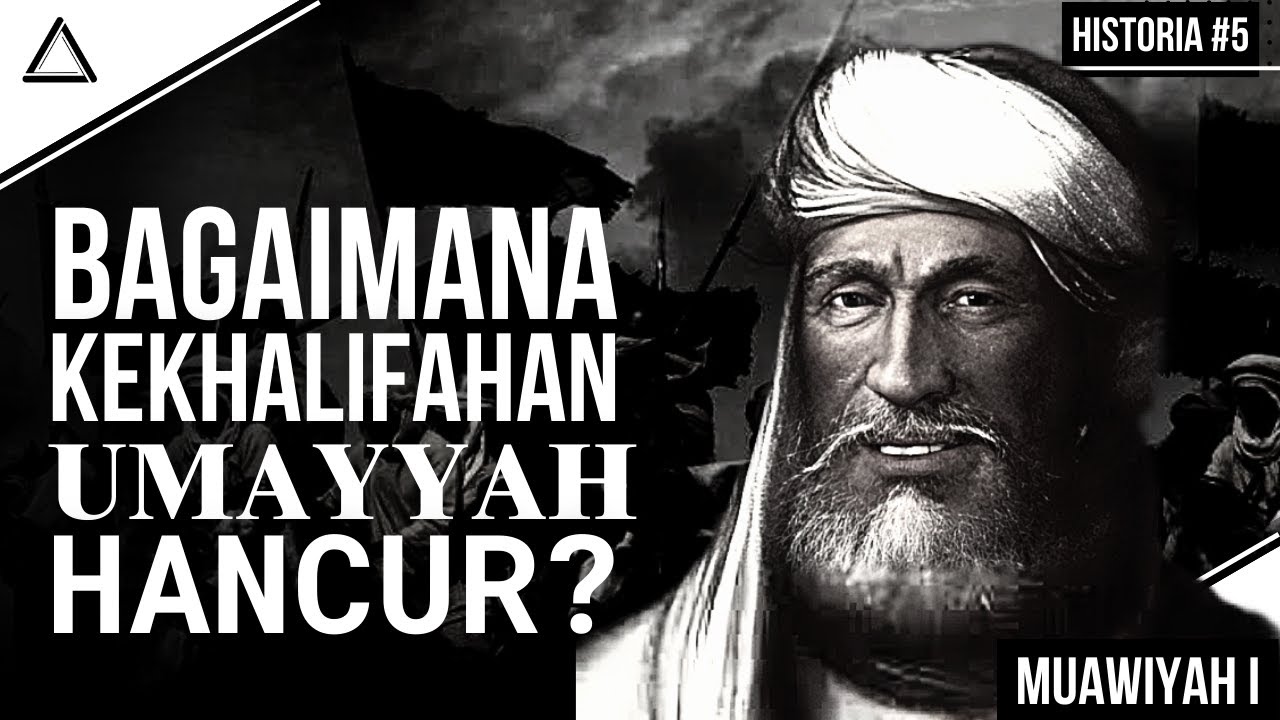Why is the Middle East so important? - Learn Geography, Resources & Strategic Importance
Summary
TLDRThe Middle East, a key region spanning parts of North Africa and Asia, is rich in history, culture, and natural resources. Known for its vast oil reserves, it plays a crucial role in the global economy. This diverse region is home to major religions such as Judaism, Christianity, and Islam, and hosts various ethnic groups like Arabs, Persians, and Turks. Despite political instability and conflicts, its strategic location and resources, including vital shipping routes like the Strait of Hormuz, make it central to global energy supply and economic balance. The region's future remains shaped by geopolitical tensions and economic interests.
Takeaways
- 😀 The Middle East is the birthplace of three major religions: Judaism, Christianity, and Islam, and it is home to many ethnic groups.
- 😀 The term 'Middle East' refers to a geographical region, not a continent, and it spans across northeastern Africa and western Asia.
- 😀 Saudi Arabia is the largest country in the Middle East by size, while Bahrain is the smallest.
- 😀 Israel is the only non-Muslim majority country in the region, with Judaism being the dominant religion there.
- 😀 The Middle East's geography includes several important water bodies, such as the Mediterranean Sea, the Red Sea, the Arabian Sea, and the Persian Gulf.
- 😀 The Suez Canal is a crucial shipping route connecting the Mediterranean and Red Seas, while the Strait of Hormuz is essential for global oil transport.
- 😀 The region's climate is generally hot and arid, with the population depending on rivers like the Nile, Tigris, and Euphrates for irrigation.
- 😀 Ethnic groups in the Middle East include Arabs, Turks, Persians, Kurds, and minority groups like Jews, Assyrians, and Armenians.
- 😀 The Middle East is heavily dependent on crude oil, with countries like Saudi Arabia, Iraq, and the UAE being major oil producers and exporters.
- 😀 The Gulf Cooperation Council (GCC) includes Arab monarchies and aims to unify the region economically and politically, although its Gulf Union proposal has not been realized.
Q & A
What is the Middle East, and where is it located?
-The Middle East is a transcontinental region spanning parts of Northeastern Africa and Western Asia. It is not a continent but a geographical area that became significant in the 19th century.
Which countries are included in the Middle East region?
-The Middle East consists of several countries, including Iran, Iraq, Syria, Turkey, Cyprus, Lebanon, Israel, Palestine, Jordan, Saudi Arabia, Kuwait, Bahrain, Qatar, the UAE, Oman, Yemen, and Egypt.
Why is the climate in the Middle East primarily hot and dry?
-The Middle East has a predominantly desert climate due to its geographical features, with vast desert areas and minimal rainfall. Summers are extremely hot, and winters are mild with little precipitation.
What are the major sources of water in the Middle East?
-The major sources of water in the Middle East are rivers such as the Nile, Tigris, and Euphrates, which provide water for irrigation and settlement. Some areas also rely on wadis, which are dry riverbeds that fill during the rainy season.
What is the significance of the Strait of Hormuz for the global economy?
-The Strait of Hormuz is one of the most important oil transit channels in the world, hosting a significant portion of the world's oil shipments. Any closure of this narrow passage could result in a spike in oil prices, affecting global economies.
How does the population in the Middle East vary ethnically and religiously?
-The Middle East is home to diverse ethnic groups such as Arabs, Turks, Persians, and Kurds. It is also the birthplace of three major religions: Judaism, Christianity, and Islam, with Islam being the dominant religion in the region.
What is OPEC, and how does it relate to the Middle East?
-OPEC, the Organization of Petroleum Exporting Countries, is an intergovernmental organization founded by five original members, including Saudi Arabia and Iraq. The Middle East, especially countries bordering the Persian Gulf, is crucial to OPEC, as it produces a large portion of the world’s oil supply.
What are the political structures of the countries in the Gulf Cooperation Council (GCC)?
-The GCC consists of six Arab states, including Saudi Arabia, Kuwait, Bahrain, Qatar, the UAE, and Oman. These countries have various forms of monarchy, including absolute monarchies (e.g., Saudi Arabia and Oman) and constitutional monarchies (e.g., Qatar and Kuwait).
Why is the Greater Middle East term used, and what does it include?
-The term 'Greater Middle East' was first used during the Bush administration in the early 21st century. It expands the region to include countries like Pakistan, Afghanistan, and parts of North Africa and Central Asia.
What role does the Middle East play in global oil production and trade?
-The Middle East is a major player in global oil production, with countries like Saudi Arabia, Iraq, and Iran being among the largest producers. The region is crucial for the global oil market, with the Strait of Hormuz and the Suez Canal serving as key transit routes for oil shipments.
Outlines

This section is available to paid users only. Please upgrade to access this part.
Upgrade NowMindmap

This section is available to paid users only. Please upgrade to access this part.
Upgrade NowKeywords

This section is available to paid users only. Please upgrade to access this part.
Upgrade NowHighlights

This section is available to paid users only. Please upgrade to access this part.
Upgrade NowTranscripts

This section is available to paid users only. Please upgrade to access this part.
Upgrade NowBrowse More Related Video

BANI FATIMIYAH

Raja Minyak Afrika! Bagaimana kondisi Libya sekarang?

What is a "Developed" Country? Crash Course Geography #40

Menjadi tempat lahirnya peradaban dunia, Inilah Fakta dari Negara Mesir

Sejarah Bangkit Dan Jatuhnya Kekaisaran Islam TERLUAS Di DUNIA | Kekhalifahan Umayyah | Historia #5

Bagaimana Kehidupan Masyarakat Mesir?
5.0 / 5 (0 votes)